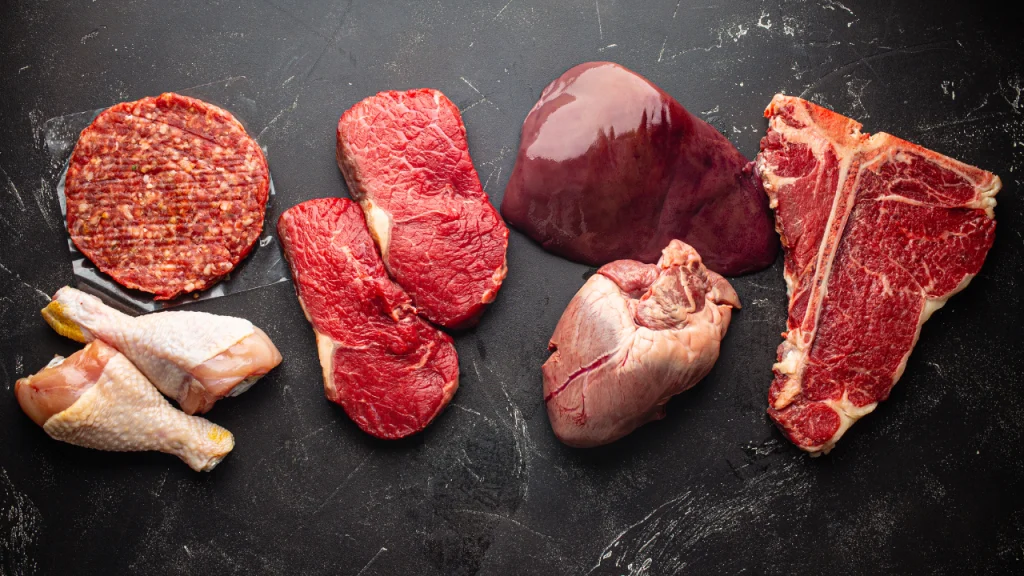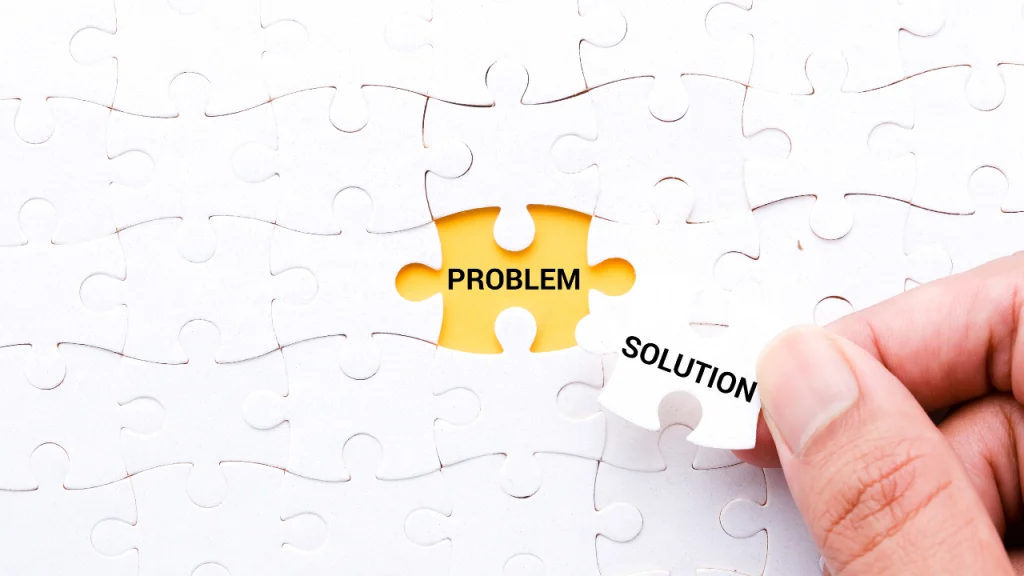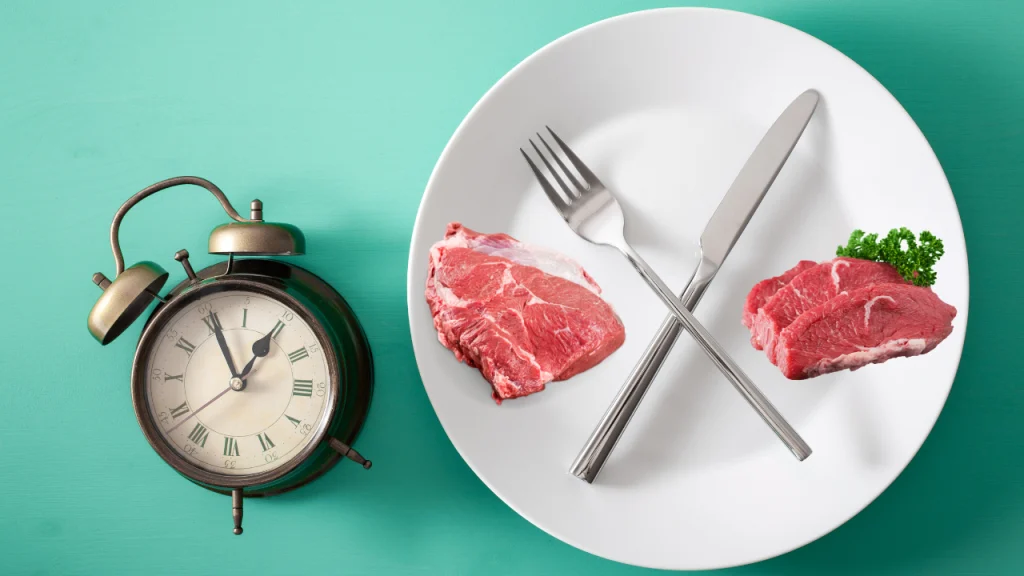Last updated on June 14th, 2025 at 01:35 pm
If you’re curious about the idea of fasting while following a carnivore diet, you’re in the right place. This article will break down what you need to know about combining these two approaches. Fasting can be a powerful tool for many people, and when paired with the carnivore diet, it might enhance your health benefits even further. Let’s dive into the basics of fasting on the carnivore diet and see how they work together.
► Table of Contents
Key Takeaways
- The carnivore diet focuses solely on animal-based foods, eliminating all plant-based items.
- Fasting can help with weight loss and improve metabolic health when combined with the carnivore diet.
- Start with shorter fasting periods and gradually extend them to allow your body to adapt.
- Stay hydrated and maintain your electrolytes during fasting to avoid common issues.
- Listen to your body and adjust your fasting schedule according to how you feel.
Introduction to Fasting and the Carnivore Diet
So, you’re thinking about combining fasting with the carnivore diet? It’s a pretty interesting idea, and a lot of people are curious about how it all works. Basically, we’re talking about limiting your food intake to mostly water and animal products for a set amount of time each day. Think of it as a way to potentially boost the benefits of the carnivore diet, but it’s not something to jump into without a little understanding.
It’s worth noting that adaptation is key. You can’t just jump into fasting on day one of your carnivore journey. Your body needs time to adjust to this new way of eating. This could take weeks, or even months, depending on your body and goals.
Fasting on the carnivore diet isn’t a one-size-fits-all approach. It’s about finding what works best for your body and lifestyle. Listen to your body, and don’t be afraid to adjust your approach as needed.
Here’s a quick rundown of what we’ll be covering:
- What the carnivore diet actually is.
- The different types of fasting and their potential benefits.
- How fasting works when you’re eating only animal products.
- How to do it safely and avoid common pitfalls.
Recommended Articles
What is the Carnivore Diet?

The carnivore diet is all about eating animal products. Think meat, poultry, fish, and sometimes eggs and certain dairy items. The main idea? You cut out all plant-based foods. That means no fruits, vegetables, grains, nuts, or seeds. It’s pretty restrictive, I know.
Some people believe this way of eating is closer to how our ancestors ate. They argue that many modern health problems are made worse by eating plants and carbs. Nutritionally, it’s high in protein and fat, with almost no carbs. This can lead to ketosis, where your body burns fat for energy instead of glucose.
The carnivore diet is similar to keto and Atkins, but it’s stricter. Keto and Atkins only limit carbs, while the carnivore diet eliminates all plant-based foods.
When you’re on the carnivore diet, you’ll be spending a lot of time in the meat, poultry, and seafood sections of the grocery store. Butter, tallow, or ghee are used for cooking. Seasonings are limited, but salt, pepper, and some other spices are generally accepted by most people. There are different approaches to carnivore diet meal timing, some people eat one or two big meals a day, while others prefer to eat more frequently. Ultimately, it depends on what works best for you and your body.
Understanding Fasting: Types and Benefits
Fasting isn’t just about when you eat; it’s a powerful tool that can change how your body works. It’s important to understand the different types of fasting and the potential benefits they can offer, especially when combined with a carnivore diet.
Metabolic Adaptation and Ketosis
When you fast, your body shifts from using glucose (sugar) to using stored fat for energy. This process, called ketosis, is a natural part of fasting and is amplified on a carnivore diet because you’re already limiting carbs. This metabolic switch can lead to more efficient fat burning and improved insulin sensitivity. Think of it as retraining your body to become a fat-burning machine.
Potential Health Benefits of Fasting on Carnivore Diet
Combining fasting with a carnivore diet can potentially amplify the benefits of intermittent fasting. Here’s a look at some potential advantages:
- Weight Management: Fasting can help you create a calorie deficit, which is essential for weight loss. The carnivore diet, being high in protein and fat, can help you feel full and satisfied, making it easier to stick to your fasting schedule.
- Improved Insulin Sensitivity: Fasting can help improve your body’s response to insulin, which is important for blood sugar control. This is especially relevant if you’re dealing with insulin resistance or type 2 diabetes.
- Reduced Inflammation: Some studies suggest that fasting can help reduce inflammation in the body. This could have benefits for various health conditions, including arthritis and heart disease.
It’s important to remember that everyone responds differently to fasting. What works for one person may not work for another. It’s always a good idea to talk to your doctor before starting any new diet or fasting regimen, especially if you have any underlying health conditions.
Here’s a quick look at some common fasting methods:
- 16/8 Method: Fast for 16 hours, eat within an 8-hour window.
- 20/4 Method: Fast for 20 hours, eat within a 4-hour window.
- OMAD (One Meal a Day): Eat just one meal per day.
While intermittent fasting is always better than not fasting, you must focus on the quality of the food you are eating. This is the foundation of human nutrition. So focus on going carnivore first and then let your meat-based fasting tips come to you naturally as you start getting results.
Related article: Carnivore Diet: Benefits, Risks, Meal Plan and Food List
How to Safely Incorporate Fasting into Your Carnivore Diet
Okay, so you’re thinking about adding fasting to your carnivore diet? That’s cool, but let’s make sure you do it right. Jumping in headfirst without a plan is a recipe for feeling awful. Here’s how to ease into it and keep things safe.
Choosing the Right Fasting Schedule
First off, don’t go crazy. Start slow. If you’re new to both the carnivore diet and fasting, give your body some time to adjust to the diet first. Seriously, a few weeks of just eating meat before you even think about fasting is a good idea.
Then, when you’re ready, begin with shorter fasting windows. Think 12 hours of fasting and 12 hours of eating. You can gradually increase the fasting time. Maybe go to 14 hours, then 16. The popular 16/8 method (16 hours fasting, 8 hours eating) is a solid goal, but don’t rush it. Listen to your body. If you feel terrible, back off a bit. There’s no prize for fasting the longest.
It’s important to remember that everyone is different. What works for your buddy might not work for you. Pay attention to how you feel and adjust your fasting schedule accordingly. Don’t be afraid to experiment to find what fits your lifestyle and body best.
Hydration and Electrolyte Balance During Fasting
This is super important. When you’re not eating, you still need to drink plenty of water. And not just water, you need electrolytes too. Sodium, potassium, and magnesium are key. When you cut out carbs, your body excretes more sodium, so you need to replace it. Bone broth is a great option, or you can add a pinch of sea salt to your water. Just don’t overdo it on the salt.
Here’s a simple guide to help you keep track of your electrolyte intake:
| Electrolyte | Why it’s Important | How to Get It on Carnivore | Daily Target (approx.) |
|---|---|---|---|
| Sodium | Fluid balance, nerve function | Sea salt, bone broth | 2000-4000mg |
| Potassium | Muscle function, blood pressure | Meat, some organ meats | 3500-4700mg |
| Magnesium | Muscle and nerve function, energy production | Meat, bone broth | 400-420mg (men), 310-320mg (women) |
Also, consider these points:
- Listen to your body: If you feel dizzy or weak, it could be an electrolyte imbalance.
- Don’t overdo it: Too much of any electrolyte can be just as bad as not enough.
- Adjust as needed: Your needs might change depending on your activity level and how long you’re fasting.
Remember, intermittent fasting can be a great tool, but safety first!
Common Challenges and Solutions

Alright, so you’re diving into the carnivore diet and fasting? Awesome! But let’s be real, it’s not always a walk in the park. You’re bound to hit some bumps along the road. Let’s talk about some common issues and, more importantly, how to tackle them.
Managing Hunger and Cravings
Okay, hunger. It’s probably the biggest hurdle, especially when you’re just starting out. Your body is used to carbs, and it’s gonna throw a fit when you cut them out. The key here is to listen to your body, but also understand the difference between real hunger and cravings.
Here’s a few things that might help:
- Prioritize Fatty Cuts of Meat: Fat is your friend. It keeps you full and satisfied for longer. Think ribeye, bacon (yes, bacon!), and fatty ground beef.
- Electrolyte Balance: Sometimes, what feels like hunger is actually an electrolyte imbalance. Make sure you’re getting enough sodium, potassium, and magnesium. Bone broth can be a lifesaver here.
- Distraction Techniques: When a craving hits, try going for a walk, reading a book, or doing something that takes your mind off food. Seriously, anything to get your mind off it for a bit.
It’s important to remember that cravings are often temporary. They come in waves. If you can ride out the wave, you’ll often find that the craving subsides on its own.
Dealing with Social Situations While Fasting
Social events can be tricky. You’re at a party, everyone’s munching on pizza and cake, and you’re just sipping water. It can feel isolating, and you might get a lot of questions. Preparation is key.
Here’s how to navigate those situations:
- Plan Ahead: If you know you’re going to be in a food-centric environment, eat a satisfying meal beforehand. This will make it easier to resist temptation.
- Bring Your Own Food: Don’t be afraid to bring your own carnivore-friendly snacks or a meal. It’s better to be prepared than to cave to peer pressure.
- Be Prepared to Explain (or Not): Have a simple explanation ready for why you’re not eating what everyone else is. You don’t have to go into a ton of detail. A simple “I’m trying a new way of eating” is often enough. Or, you can just politely decline without explanation. It’s your choice.
| Situation | Strategy |
|---|---|
| Family Dinner | Offer to bring a carnivore-friendly dish. |
| Work Lunch | Pack your own lunch. |
| Party | Eat beforehand; bring a snack if needed. |
| Restaurant | Choose a steakhouse or order a plain steak. |
Related article: 10 Side Effects of The Carnivore Diet and How to Manage Them
Conclusion: Is Fasting on Carnivore Diet Right for You?
Deciding whether to combine fasting with a carnivore diet is a personal choice. It really depends on your goals, your body, and how well you adapt to dietary changes. It’s not a one-size-fits-all kind of thing. Some people find it amazing, while others might struggle. Let’s consider a few things.
Choosing the Right Fasting Schedule
Think about your lifestyle. Can you realistically stick to a fasting schedule while eating only meat? If you’re constantly on the go, it might be tough. Start slow. Maybe try a 16/8 intermittent fasting schedule (16 hours of fasting, 8 hours of eating) a couple of times a week and see how you feel. Don’t jump into extended fasts right away.
Hydration and Electrolyte Balance During Fasting
Staying hydrated is super important, especially when you’re fasting on a carnivore diet. You’re not getting a lot of water from fruits and vegetables, so you need to make a conscious effort to drink enough. Also, electrolytes are key. When you’re not eating, your body can lose electrolytes, which can lead to fatigue, headaches, and muscle cramps. Bone broth is a great way to get both hydration and electrolytes. You can also add a pinch of sea salt to your water.
Listen to your body. If you feel weak or dizzy, break your fast. It’s not worth pushing yourself too hard. Fasting isn’t a competition; it’s about finding what works for you.
Ultimately, the best way to know if fasting on a carnivore diet is right for you is to try it, but do it safely and with careful consideration of your individual needs and circumstances. Always consult with a healthcare professional before making significant dietary changes.
If you’re struggling to find a reliable coach to guide you on your fitness journey, we can connect you with one. Just message us by clicking the button below and tell us your goals—whether it’s trying a specific diet, fasting, or a combination of both—so we can match you with your ideal lifelong coach.
Wrapping It Up
In summary, fasting while on the carnivore diet can bring some real benefits, like weight loss and reduced inflammation. But it’s not always easy, especially if you’re just starting out. Take your time to adjust to the diet before jumping into fasting. Start slow, listen to your body, and don’t hesitate to stop if you feel unwell. Remember, the goal is to feel better and healthier, not to push yourself too hard. With the right approach, you can make fasting work for you on the carnivore diet.
Frequently Asked Questions
What is the Carnivore Diet?
The Carnivore Diet is a way of eating that includes only animal products. This means you can eat meat, fish, eggs, and some dairy, but no plants or grains.
How does fasting work with the Carnivore Diet?
Fasting on the Carnivore Diet means you don’t eat for a certain period, usually drinking only water. This can help your body use fat for energy and may lead to weight loss.
What are the benefits of fasting on the Carnivore Diet?
Fasting can help reduce inflammation, improve weight loss, and may enhance mental clarity. Some people also find they have more energy when they fast.
Is it safe to start fasting on the Carnivore Diet?
Yes, but it’s best to wait until your body is used to the Carnivore Diet first. Start with shorter fasts and listen to your body.
What should I do if I feel hungry while fasting?
If you feel hungry during a fast, try to distract yourself with activities. Staying busy can help take your mind off food.
How should I break a fast on the Carnivore Diet?
When ending a fast, start with small, easy-to-digest foods like eggs or bone broth. Avoid large meals right away to prevent stomach discomfort.
Related Articles
- Carnivore Diet: Benefits, Risks, Meal Plan and Food List
- 10 Side Effects of The Carnivore Diet and How to Manage Them
- Carnivore Diet Supplements
- 30-day Carnivore Diet Meal Plan PDF for Beginners
- The Ultimate Diet Guide: Strategies for Effective Weight Loss
- Can You Eat Pork Rinds on Carnivore Diet
- Best Magnesium Supplement for Carnivore Diet
- Do Calories Matter on Carnivore Diet? Unpacking the Myths and Realities
- What Seasonings Are Allowed on Carnivore Diet: Enhance Flavor Without Compromising Principles
- How to Lower Cholesterol on Carnivore Diet
- Fiber on Carnivore Diet: Do You Need It?
- Should You Take A Multivitamin on Carnivore Diet?
Syker Reid, the dynamic founder of Syktohealth, is a force in the health and fitness realm. Drawing on personal weight loss triumphs, he's committed to helping others achieve their health goals. With a degree in Exercise Science and Nutrition and a Certified Personal Trainer title under his belt, Reid's advice is both practical and science-backed.
Reid has grown Syktohealth into a trusted platform for weight loss, resonating with thousands seeking solid, achievable advice. His assertive yet approachable style, coupled with his professional knowledge and personal experience, makes him a credible guide for your weight loss journey. Under Reid's leadership, Syktohealth continues to empower individuals towards a healthier life.

